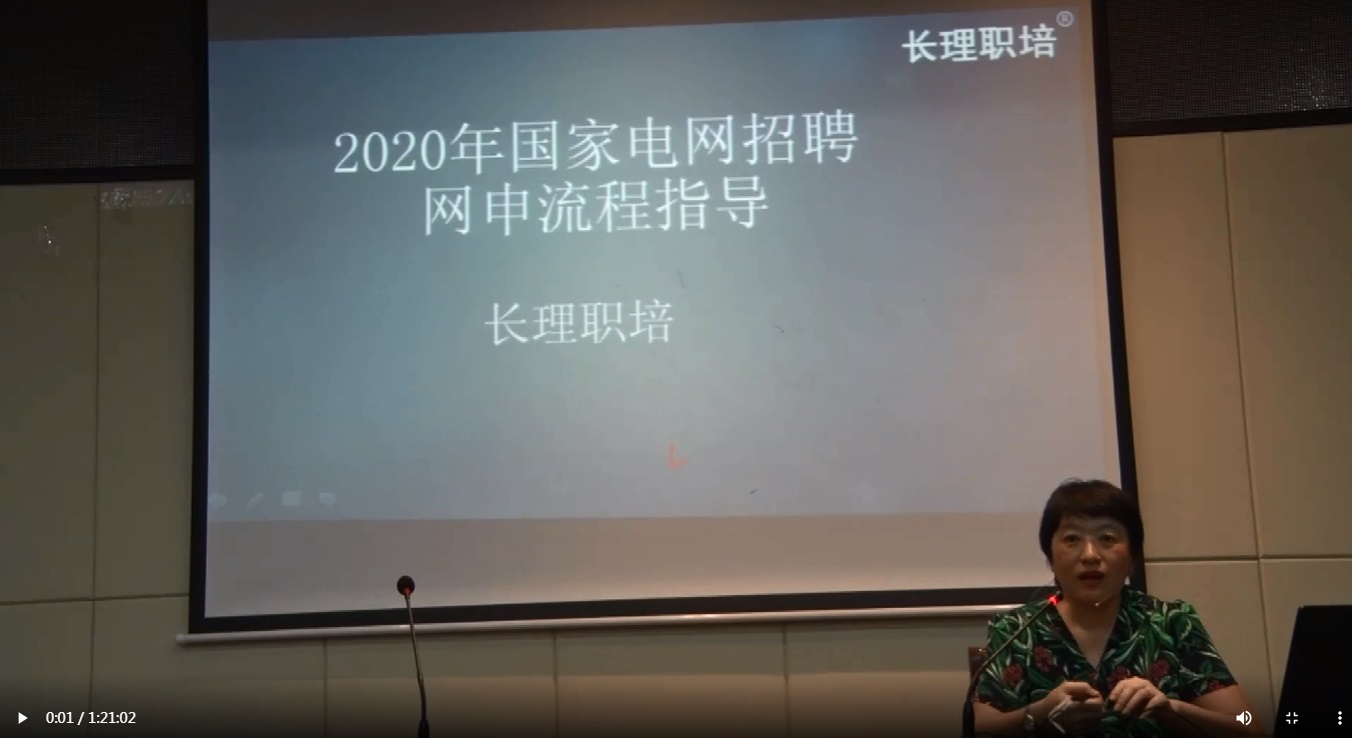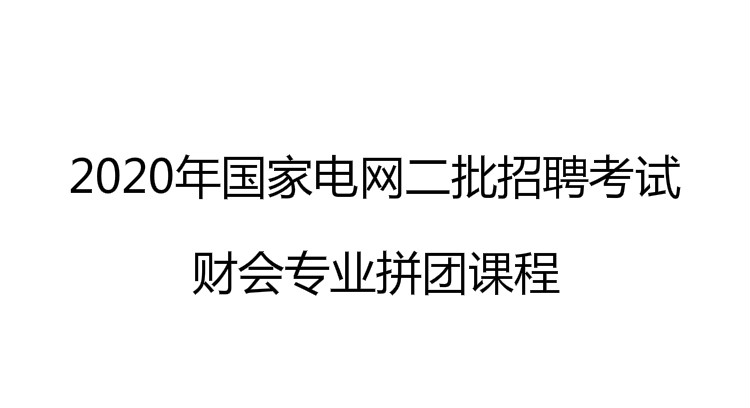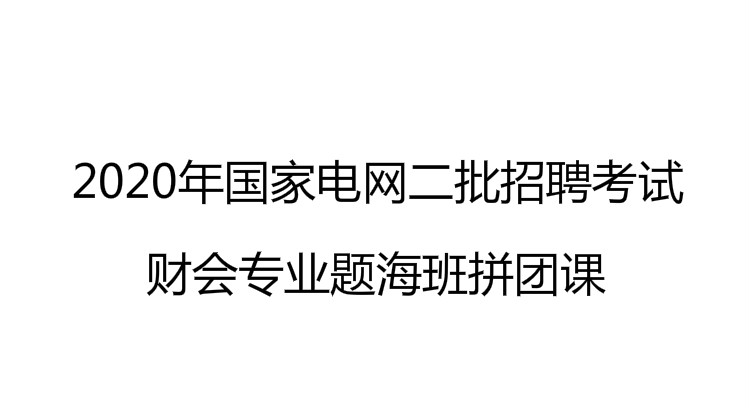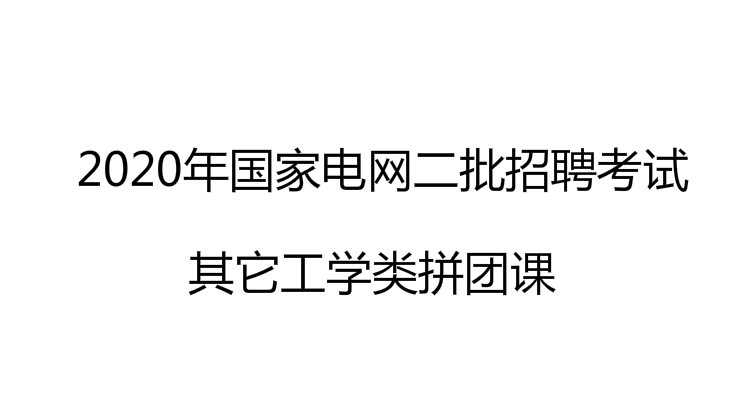女士们先生们,早上好:
欢迎你们来到北京,欢迎你们参加胡同游。我叫xx,您也可以叫我Grace.我从小就生长在胡同。今天我将带大家参观这里,如果您有问题,我将尽力给您满意的回答,使您的胡同之行愉快而难忘。
首先,我将从"胡同"一词说起。专家认为,"胡同"这个词来源于蒙古语,意思是"井"。古时候人们生活和聚集在井的周围,所以"胡同"一词的本意应是"人们生活聚集的地方"。另外一个解释是,在元朝时(公元13世纪),居民区被分割成几个区域,区域间设过道以便于居民来往。这些过道的另一个作用就是隔离防火。在蒙古语中,这种过道称作胡同。不管它确切意思如何,有一点是可以肯定的,胡同在北京第一次出现是在元朝。
在13世纪初,北方的一个蒙古部落日益强大。在部落首领成吉思汗的率领下,他们占领了金朝国都-北京。公元1271年,成吉思汗的孙子忽必烈建立元朝,1272年立北京为国都。不幸的是在战争中城市被彻底毁坏了,因此不得不重新修建。古时候,建筑和道路需要建成对称型,因此他们必须找一个中心,根据中心修建城市,整个城市的设计如同一个棋盘。大约要建50多个住宅区,住宅区之间由道路和胡同连接。在当时,大道、街道、胡同都有明确的概念。37米宽为大道,街道宽为18米,胡同为9米宽。
今天我们看到的大多数胡同是明清两代产物,没有人能够确切的说出北京有多少胡同。但有一点很清楚,如果将各个胡同连接起来,总长度超过著名的万里长城。说的更清楚些,相当于从西雅图修一条高速路直达波士顿,这可是横穿美国大陆啊!今天您可以发现不同形状、长度和方向的胡同。最短的胡同只有10米长,最窄的胡同仅40厘米宽,也就是说象我这样的身材需要侧身走才能穿过胡同,还有些胡同有20多个弯。
随着人口的增长,一些老胡同被拔地而起的高楼取代。今天,我很高兴带大家去保护完好的胡同参观,相信这会使您对典型的中国居民生活有更深的了解。好吧,出发!
当我们进入胡同时,您也许发现几乎所有的墙和砖都是灰色的。其实,在这些墙的后面就是居民的家,我们称其为"四合院"。也就是一个长方形的围墙围着四间屋子,每间屋子的门朝着院子中间。过去,一个四合院只属于一个家庭,而现在随着人口的增长,大多数四合院住四至十户人家。
在胡同中我们只能看见四合院的大门。古时候的中国人不希望有陌生人来打扰,因此从大门的样子就可以看出主人的身份和地位。例如这个门,又高又大,门檐有砖雕装饰。仔细看它的图案,李子花和竹子,这意味着这里的主人曾是侍奉皇帝左右的王公大臣。看旁边的门,有狮子的图案,这说明这里曾住着武官。有趣吧?
让我们看看门口中,几乎每个门口都有一条横木,您们还记得我们在故宫和颐和园也看到同样的横木吗?它的作用是驱邪避难。民间传说小鬼很矮,他们无法跳过高的台阶,所以设此横木。
这两块靠着横木的石头叫门枕,它对大门起到加固的作用。同样,它也有装饰的作用。这两个象鼓一样的石头叫抱鼓石,在它的顶部有一只狮子,在前面刻有左右两只嘴含铜钱的蝙蝠。在中国,人们非常喜欢蝙蝠,因为它的发音与福气的福相同,用它来作装饰可以给你带来好运。一些门枕是长方形的,它们是在抱鼓石之后出现的。它们是近100年的产物,一般出现在中小型四合院门口,一般以花和神装饰。
过去,交通不象现在这样发达,街头小贩在胡同中起到重要作用,他们往来于胡同间,贩卖各种货品或提供各种服务。人们可以从不同的叫卖声中辨别他们要卖什么或提供什么样的服务。他们卖的食品主要是煎饼、小米粥、油炸果、油条和一些蔬菜。理发师则不需要吆喝,他只需要拿着理发工具做好本职工作即可。但是在现在,这里已是现代化生活氛围,已经很难听到老北京那清脆的叫卖声了。
那边坐着一群人,你们知道他们正在做什么呢?他们在修新长城呢!他们使用的是最新的砖--麻将牌。它是非常流行的消遣方式,特别在退休的老年人中倍受青睐。
您也许想问,为什么一些老年人系着红箍?他们居委会志愿者,他们认为这是他们的义务。如果您认为他们年纪太大而不能胜任治安员工作,那您就错了。因为有了这些可爱的老人,这一地区才会有和平而安全的环境。
胡同生活的最大魅力在于人与人之间的友好交往。孩子们在一起长大,如同一家人一样。因此,我国政府打算保护这一地区,没有政府批准,不得在这一地区拆盖高楼,为我们的子孙后代保留这份宝贵遗产。
时间真快!我们就要结束今天的旅行了。您一定了解到许多我们传统生活方式和房屋情况,我希望您不仅大饱眼福,而且更了解胡同文化和这里的人们。如果有一天您再次来访,我将邀请您来我家做客。
谢谢大家!希望大家尽情享受余下的中国之旅!
Good morning,Ladies and Gentlemen:Welcome to Beijing,and welcome to today's Hutong tour!My name is xx,you can simply call me Grace. I was born and grew up in Hutong area. Today I'll show you around my neighborhood. If you have any questions,please let me know. I will try my best to make your stay a pleasant and memorable one!
First of all,I would like to start with the term"Hutong",H-U-T-O-N-G what does Hutong mean?
According to experts,the word Hutong originated from Mongolian language meaning"Well".In ancient times,people tended to gather and live around wells. So the original meaning of Hutong should be"a place where people gather and live."Another explanation says that during the Yuan Dynasty,about 13th century,residential areas in the city were divided into many divisions. Between the smaller divisions were passageways for people to travel through. And those passageways also functioned as isolation belts against fire risks. In Mongolian language,passageways of this kind were called Hutong. But no matter what Hutong exactly means,one thing is for sure,that is,Hutong first appeared in Beijing during the Yuan Dynasty. In the early 13th century,a Mongolian tribe from the north became very strong. Led by Genghis Khan,the Mongolian occupied Beijing,the capital of the Jin Dynasty. In the year 1271,Kubla Khan,the grandson of Genghis Khan,ounded Yuan Dynasty and set Beijing as the capital city in the following year. Unfortunately,the old city was completely destroyed during the war. So they had to rebuild it. In old China,all the structures and roads were required to be symmetrical. So the city was well designed. First,they had to find a center,and then built a regular square city. The layout of the city was very much like a chessboard. About 50 residential areas were constructed,with straight roads and Hutongs in between. At the time,there was a clear definition for avenue,street and Hutong. A 37-metre-wide road was called an avenue,an 18-metre-wide one was called a street,and a 9-metre-wide lane was called a Hutong. Most of today's Hutong were formed during the Ming and Qing Dynasties that followed. Nobody knows exactly how many Hutongs there are in nowadays Beijing. But one thing is for sure,if we connected all the Hutongs together,their total length would even be longer than the famous Great wall,which is about 4000 miles longer. Or to make it clear,it could build a highway from Seattle to Boston,all across America!
Today you can find various Hutongs with different shapes,lengths or directions.The shortest one is only 40 centimeters wide,which means a person like me has to walk sideways to get through. And some Hutongs have more than 20 turns. With the growth of the population,many old Hutongs have disappeared to make way for high-rise apartments. Today I'm very happy to show you some well-preserved Hutongs,and to let you experience the typical Chinese life. Are you ready?Let's go!
As we walk through the Hutongs,you may find most of them look almost the same with gray-colored walls and bricks. Actually inside those walls are the courtyard houses,where people live. In Chinese we call them"siheyuan"."Si"literally means four,"he"means to surround,and"yuan"refers to the courtyard. So a rectangular wall enclosing four houses,one built on each side facing into the center,is called a Siheyuan. When they were first built,usually one Siheyuan was owned by only one family,but nowadays,with the growth of the population,most Siheyuans are shared by 4 to 10 families.
The gate building of each Siheyuan is the only thing that we can see along the Hutongs. Chinese people used to try to protect their privacy from being intruded by strangers. So the gate building,in old times,was a symbol to show the position of each house owner. You don't have to go inside the courtyard. Just look at the gate building,you can already tell whether it's an influential family or not.
Look at this one,the gate building is big and tall. The head and eave of the gate are well decorated with brick carvings. See the design?Plum blossoms and bamboos. It indicated that the original owner of this courtyard must have been an official serving in the emperor's court. But look at that one nest door,it has the lion design,because that owner used to be a military officer. Interesting?
Now let's see the doorway. Almost every doorway has a threshold,that high step over there. Remember we saw some yesterday in the Forbidden City and the Summer Palace?For what reason they put a big step at the door?
You know Chinese people believe all the evil spirits are short. They can not jump over high steps. So the threshold is actually for warding off evil spirits. These two pieces of stone by the threshold are also decorations for the gate building. Like these two,shaped like drums. They are called drum stones. On the top are carved reclining lions,and on the front,right and left sides are carved a bat holding an ancient coin in its mouth. You know Chinese people like bats very much,because bat in our language shares the same pronunciation with"fortune"。So this pattern means good fortune is right before you. Some gate pillows are rectangular in shape,which means they are younger than the drum stones. They were only built in the recent 100 years,mainly for small-and-medium-scale courtyards. And their patterns are usually flowers and mascots.
In old times,transportation was not as convenient as today,so street vendors played a very important role in Hutong life. They wandered from lane to lane selling various goods or providing all kind of services. People could judge the goods or services from their peddling or the sounds of their special instruments. The food they sold usually include baked pancakes,seasoned millet mush,or Youzhaguo,a kind of deep-fried twisted dough sticks,and all kinds of vegetables.
A barber never peddles. With his instrument being a big pair of scissors and an ironing stick,he couldn't lose focus and make a wrong cut. But now,with modern life all around,including of course Michael Jackson's songs,it's hard for people to hear the traditional melodious hawking. Look at the crowd sitting over there!What do you think they are doing?Talking about Vic Tanny?
Oprah's?Or just gossiping?Any ideas?Let's go and see!
Oh,they are building a new Great Wall. But their bricks are Chinese Mahjong!A very popular pastime among the Hutong people,especially among the senior citizens who have retired. You probably wonder why some senior citizens over there are wearing red-colored armbands. They are actually the voluntary neighborhood watch. And their armbands say"On Duty"。If you think they are too old to be a professional security guard,you are wrong. Believe me,just because of these lovely Grandmas,this area has been a peaceful and safe place for many years. And if you don't believe it,you'd better not test them!
The main attraction of Hutong life is friendly and interpersonal communication. Children living in one courtyard play together and grow up together like one big family. So now our government is trying to preserve such Hutong area in Beijing. Without permission,nobody is allowed to tear down old houses to build high-rise apartments. We want to save it as a treasure to show our later generations what Beijing used to be like.
OK. Time files. It's almost the end of the tour. Today,through our Hutong tour,you have learnt a lot about our traditional Chinese houses and way of life.
I hope you are not only happy with what you have seen but also get a better understanding of the culture and people in the Hutong area. I do hope,one day,you will come back again,I will invite you to my home!
Thank you for your attention,and hope you enjoy the rest of the tour in China
编辑推荐:

温馨提示:因考试政策、内容不断变化与调整,长理培训网站提供的以上信息仅供参考,如有异议,请考生以权威部门公布的内容为准! (责任编辑:长理培训)






















点击加载更多评论>>